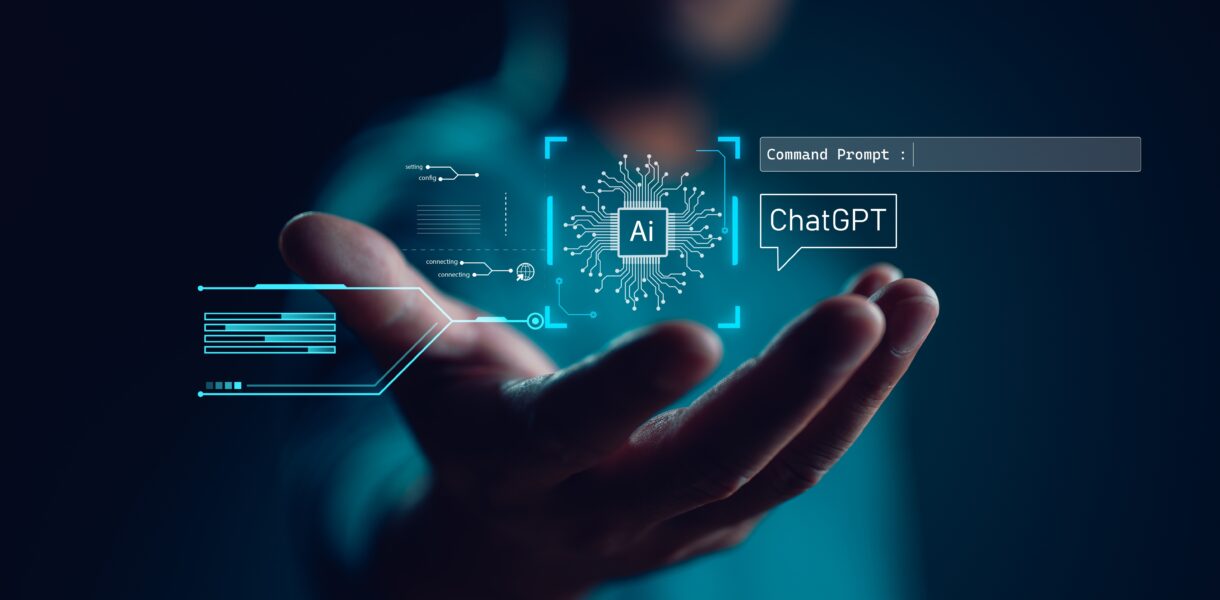
Top 10 Emerging Technologies to Watch in 2024
1. Generative AI
Generative AI has moved beyond just creating text or images. Today’s models, like OpenAI’s GPT-4 and its successors, are capable of generating complex, high-quality content, including code, music, and 3D models. These technologies are being leveraged for creative industries, personalized content creation, and even drug discovery, demonstrating their wide-ranging potential.
Key Impact: Enhanced creativity and efficiency in content creation, as well as accelerated innovation in various fields.
2. Quantum Computing
Quantum computing is making significant strides with companies like IBM, Google, and D-Wave pushing the boundaries. While still in its nascent stages, quantum computing promises to solve complex problems that are currently beyond the reach of classical computers, including optimization problems and cryptographic challenges.
Key Impact: Breakthroughs in fields such as materials science, pharmaceuticals, and cryptography.
3. Edge AI
Edge AI refers to artificial intelligence algorithms running on devices rather than centralized servers. This technology enables real-time processing and decision-making at the source of data collection, reducing latency and bandwidth usage. It’s especially valuable for applications in autonomous vehicles, smart cities, and industrial automation.
Key Impact: Improved real-time data processing and enhanced efficiency in various applications.
4. 5G and Beyond
5G networks are becoming more widespread, and the groundwork for 6G is already being laid. The transition to 5G has unlocked new capabilities for ultra-fast data transfer, low latency, and massive device connectivity. As we look towards 6G, we anticipate even greater speeds and more advanced network features.
Key Impact: Transformation in areas such as IoT, augmented reality (AR), and smart cities.
5. Extended Reality (XR)
Extended Reality, encompassing Virtual Reality (VR), Augmented Reality (AR), and Mixed Reality (MR), continues to evolve. In 2024, XR technologies are expected to gain traction in gaming, education, training, and remote collaboration, offering more immersive and interactive experiences.
Key Impact: Enhanced learning and training experiences, new entertainment possibilities, and improved remote work solutions.
6. Biotechnology Innovations
Biotechnology is advancing with innovations like CRISPR gene editing, lab-grown organs, and personalized medicine. These technologies are revolutionizing healthcare by enabling more precise treatments and the potential for significant breakthroughs in curing genetic disorders and advancing regenerative medicine.
Key Impact: Personalized and effective medical treatments, along with advancements in regenerative therapies.
7. Blockchain Beyond Cryptocurrency
Blockchain technology is expanding beyond its cryptocurrency origins. In 2024, it’s increasingly being used for applications such as supply chain management, digital identity verification, and decentralized finance (DeFi). Blockchain’s inherent transparency and security features make it a valuable tool for various sectors.
Key Impact: Enhanced security, transparency, and efficiency in transactions and data management.
8. Sustainable Technology
As the focus on environmental sustainability grows, technology designed to minimize ecological impact is on the rise. Innovations include energy-efficient data centers, renewable energy solutions, and technologies for reducing carbon footprints in industries such as manufacturing and transportation.
Key Impact: Reduction in environmental impact and advancement towards a more sustainable future.
9. Advanced Robotics
Robotics technology is evolving rapidly, with advancements in artificial intelligence and machine learning driving more capable and adaptable robots. Applications include collaborative robots (cobots) in manufacturing, advanced surgical robots, and autonomous robots for tasks ranging from delivery to exploration.
Key Impact: Improved automation and efficiency in various sectors, including manufacturing, healthcare, and logistics.
10. Neuromorphic Computing
Neuromorphic computing mimics the architecture and functioning of the human brain to create more efficient and powerful computing systems. This technology promises to enhance artificial intelligence by enabling machines to process information in a more human-like manner, potentially leading to advancements in cognitive computing and sensory processing.